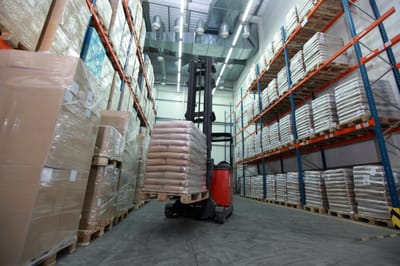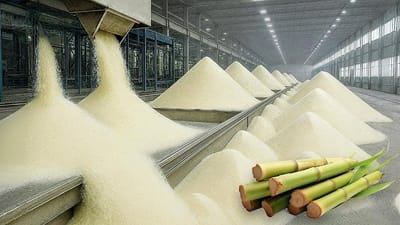ALL AGRI #Sugar Prices
It is important to note that cheap imported sugar does not translate to cheaper sugar for retail consumers. Imported sugar ends up on retail shelves at a similar price to locally grown sugar, with inflated profits going to importers of offshore sugar.South Africa has seen a steady rise in sugar imports over the past year, despite the local sugar industry being able to fully supply the region’s domestic and commercial needs whilst leaving extra to export.
Read MoreOver the period under review, consumption showed a relatively flat trend pattern. The pace of growth was the most pronounced in 2018 with an increase of 2.5%. Over the period under review, consumption reached the peak volume at 115M tons in 2019; however, from 2020 to 2024, consumption remained at a lower figure. The value of the sugar crop market in Africa expanded remarkably to $163.3B in 2024, picking up by 5.8% against the previous year. This figure reflects the total revenues of producers and importers (excluding logistics costs, retail marketing costs, and retailers' margins, which will be included in the final consumer price). In general, consumption recorded a relatively flat trend pattern. The pace of growth was the most pronounced in 2018 when the market value increased by 6.1% against the previous year. Over the period under review, the market hit record highs at $169.7B in 2022; however, from 2023 to 2024, consumption failed to regain momentum.
Read MoreWhile this recovery in yield is welcome news, the industry’s economic outlook remains under serious threat due to delays in adjusting South Africa’s import tariff, the flood of cheap imports into the country and the looming 30% tariff from the United States on South African sugar exports. The delay in adjusting our own sugar import tariff to reflect current global realities is undermining the competitiveness of local producers.
Read More

